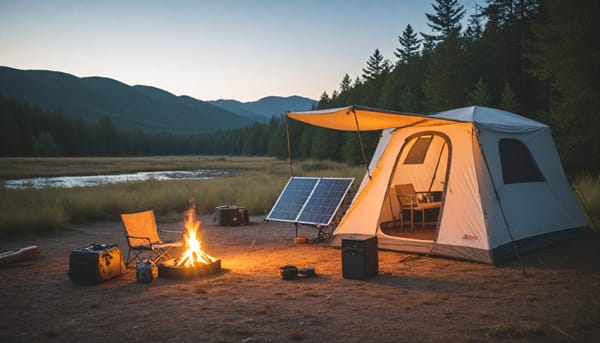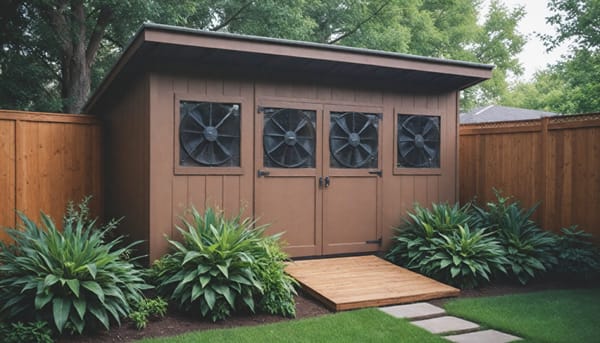Fall Maintenance Tips for Your Portable Solar Generator
In this guide, we’ll explore essential tips to keep your solar generator running smoothly during autumn.

Let’s set the stage for our discussion on upcoming fall maintenance for portable solar generators. As the leaves change color and the air turns crisp, it’s the perfect time to ensure your solar power station is ready for the season. Whether you’re using it for fall yard work, emergency preparedness, or outdoor adventures, proper maintenance ensures reliable performance. In this guide, we’ll explore essential tips to keep your solar generator running smoothly during autumn. Let’s dive in!
1. Regular Cleaning for Your Portable Power Station
Why? Fall leaves and debris can accumulate around your generator, affecting its efficiency. Dust and grime on solar panels can reduce their ability to capture sunlight effectively.
Solution: Regular maintenance involves wiping down your generator with a soft, static-free microfiber cloth. Pay attention to the solar panels—clean them gently to remove any dirt or residue. Additionally, inspect the battery and connections as per the manufacturer’s instructions. A clean generator ensures optimal energy conversion and extends its lifespan.
2. Avoid Overloading Your Solar Unit
Why? Overloading your inverter can strain its components and cause breakdowns. It’s essential to understand the total rated watts of your inverter and the load it can handle.
Solution: Before connecting devices, check their power requirements. Be mindful of the devices you connect to your generator. If you exceed the specified load, the inverter may shut down or malfunction. Consider using a power strip with surge protection to distribute the load evenly. Proper load management ensures efficient operation and prevents damage.
3. Positioning for Optimal Sunlight
Why? Fall days can be overcast, affecting solar panel performance. Maximizing sunlight exposure is crucial for efficient energy production.
Solution: Strategically position your solar panels where they receive maximum sunlight. South-facing walls or open spaces are ideal. If you have a portable solar generator, adjust the panels throughout the day to follow the sun’s path. Consider models with backup USB charging capability—this allows you to top up the battery during cloudy spells. Proper positioning ensures consistent power generation even in less-than-ideal weather conditions.
4. Proper Ventilation
Why? Clogged vents can lead to overheating and shutdown. Adequate ventilation is essential for maintaining safe operating temperatures.
Solution: Regularly inspect your generator’s vents. Clear out leaves, grass, and debris that might obstruct airflow. During fall yard work, pay special attention to vent areas. Proper ventilation prevents overheating and ensures reliable performance. If your generator has built-in fans, ensure they’re functioning correctly.
5. Storage
Why? When not in use, proper storage prevents damage and extends the life of your generator.
Solution: Store your portable solar generator in a cool, dry location. Extreme temperatures can affect battery performance and overall functionality. Avoid exposing it to direct sunlight or harsh weather conditions. If you plan to store it for an extended period, partially charge the battery and disconnect any connected devices. Regularly check the battery charge level to prevent deep discharge.
Ready to tackle fall yard work with your solar generator? Visit GetReadyCo.com for reliable and eco-friendly options!




